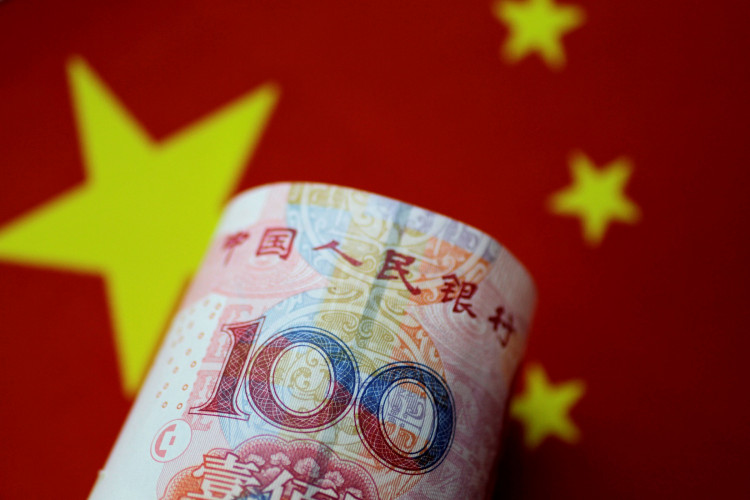In a move that startled financial markets, China's short-term money rates spiraled to a record 50% last month. This unprecedented surge has now sparked a probe by the nation's financial overseers, as they aim to understand the rationale behind certain institutions borrowing at such exorbitant rates.
On October 31, as the month drew to a close, the overnight rate for pledged repo, which serves as a short-term financing mechanism, reached this record level. Analysts have traced the stress on liquidity back to a combination of factors: a rising supply of government bonds and the approval of a significant 1-trillion-yuan ($136.63 billion) sovereign bond issuance. This created a financial pinch precisely when many banks were working diligently to align their ledgers with end-of-the-month regulatory stipulations.
Sources familiar with the matter revealed that the China Foreign Exchange Trade System (CFETS) - an affiliate of the central bank managing the interbank market - has initiated a dialogue with institutions that settled trades at this eyebrow-raising 50% rate. Their objective is to shed light on the underlying decision-making processes and gain clarity about why entities would opt for such high borrowing costs.
Several market insiders have suggested that in addition to the challenges stemming from bond sales and month-end balancing, the government might have strategically constricted the flow of yuan to slow its descent against the U.S. dollar in the foreign exchange arena. This theory was also echoed by Becky Liu, a top strategist at Standard Chartered.
In the midst of this financial maelstrom, numerous fund houses, brokerage firms, and trusts were in a frantic race against time to secure funds. This urgency was exacerbated as major banking institutions seemed wary of extending loans. The ensuing gap between the demand for cash and its limited availability prompted the dramatic uptick in short-term borrowing rates.
Regulatory officials, in a bid to instill calm amidst the tumult, convened with several key institutions in the aftermath of the rate surge. Their advice was clear, urging participants "not to be emotional" while navigating these turbulent financial waters.
This unexpected jolt in short-term money rates and the ensuing regulatory intervention serve as a stark reminder of the complexities inherent in China's financial ecosystem. As regulators delve deeper into the issue, market players remain on edge, yet resolute in their commitment to maintain a fluid liquidity position in the days ahead.






